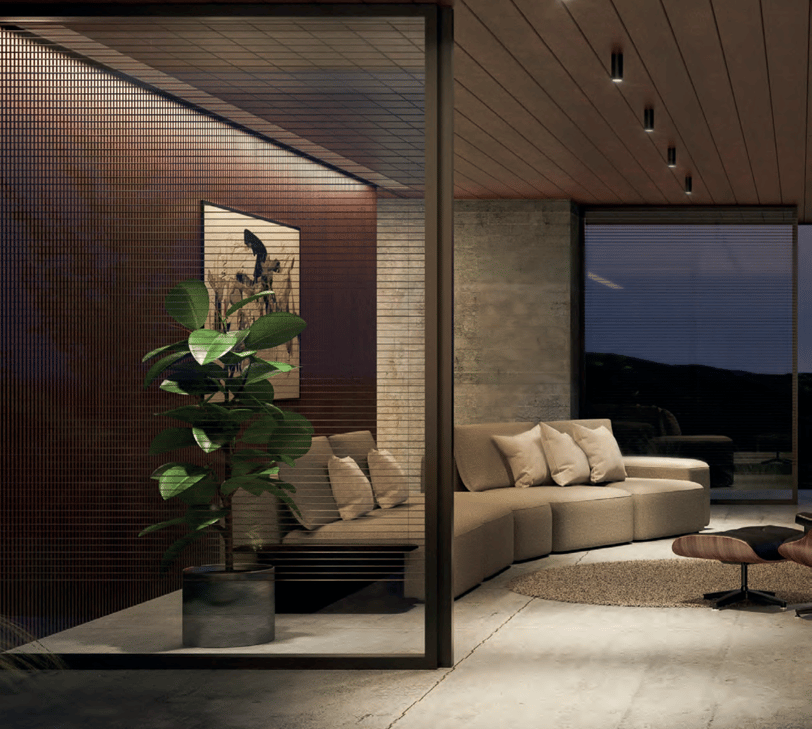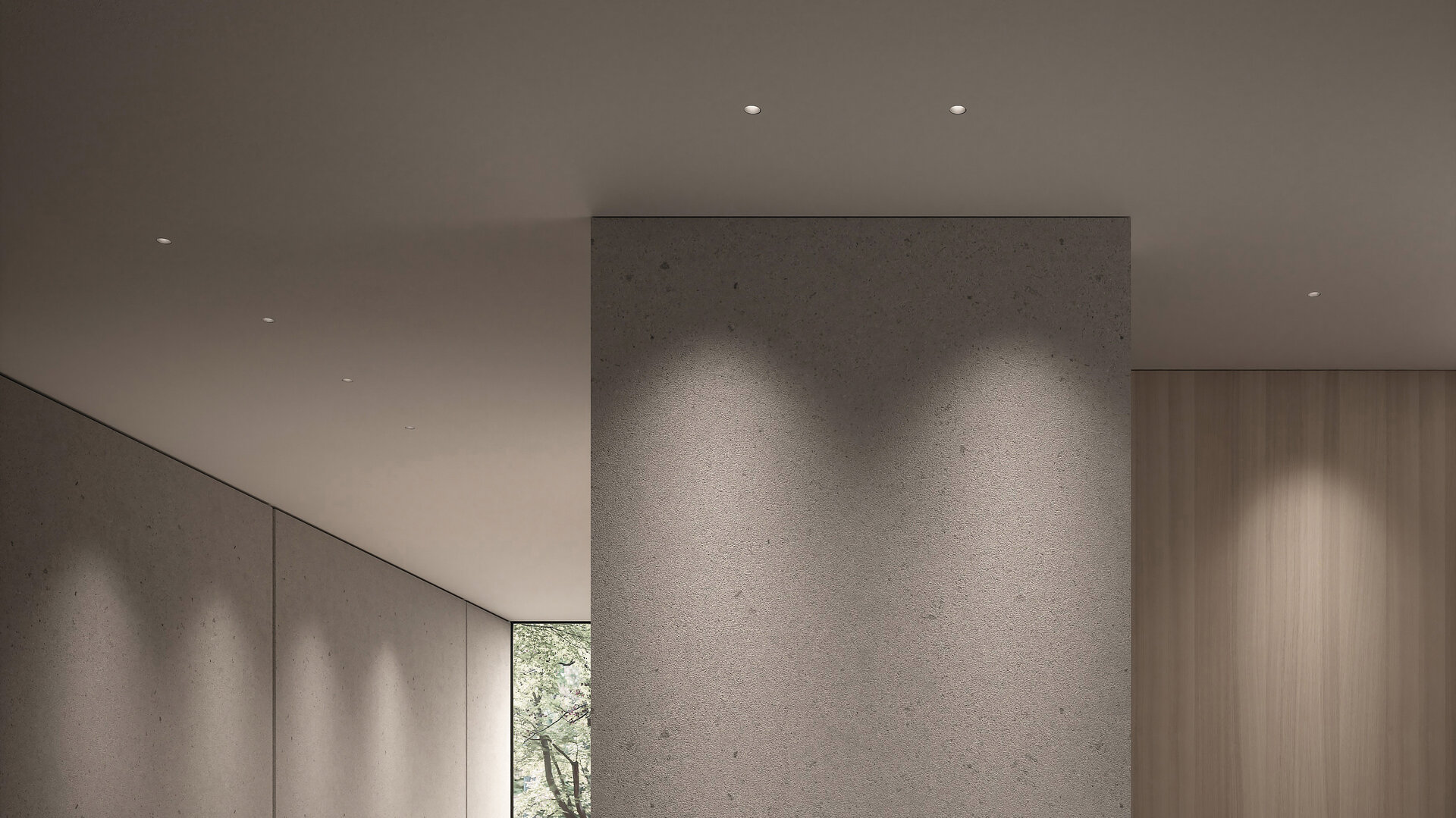Understanding the Unique Selling Proposition in Architectural Lighting Design
6/19/20252 min read


Introduction to Architectural Lighting Design
Architectural lighting design is a pivotal aspect of creating aesthetically pleasing and functional spaces. It integrates various elements, including aesthetics, technology, and function to illuminate a structure while accentuating its architectural features. The journey towards a successful design often begins with a clear understanding of the unique selling proposition (USP) that distinguishes one design from another. This blog will delve into the essence of USP in architectural lighting design and explore its significance in the industry.
Defining Unique Selling Proposition in Lighting Design
The unique selling proposition in architectural lighting design refers to the distinct attributes that set one lighting solution apart from its competitors. This can encompass innovations in design, energy efficiency, adaptability, and the emotional atmosphere created within a space. Identifying and articulating what makes a lighting design unique is fundamental for designers and businesses to successfully market and position their offerings in a competitive marketplace.
The Importance of USP in Architectural Lighting
In the realm of architecture, lighting plays a crucial role beyond mere functional illumination; it influences how spaces are perceived and utilized. A well-defined USP helps designers convey the benefits of their approach to potential clients and stakeholders. For instance, a design that emphasizes sustainable practices may appeal to environmentally conscious clients, while one that integrates advanced technology could attract innovative firms looking for cutting-edge solutions.
Moreover, having a clear USP enables lighting designers to avoid the pitfalls of homogenization in their work. As the field of architectural lighting design evolves, many businesses can fall into patterns where their offerings look and feel similar. Highlighting a unique aspect fosters differentiation, enhances brand identity, and articulates a clear narrative that resonates with the target audience.
For lighting professionals, an effective USP not only draws attention but also establishes trust. Clients are more likely to prefer a designer who can explain their distinct approach and the rationale behind their decisions. This kind of clarity fosters confidence and can ultimately lead to stronger client relationships, repeat business, and referrals.
Conclusion: Crafting Your Unique Selling Proposition
In conclusion, understanding and articulating the unique selling proposition in architectural lighting design is paramount. It allows designers to carve out a niche in the competitive landscape while fostering stronger relationships with clients. By focusing on the distinctive features of their designs—be it through innovation, functionality, or aesthetic excellence—lighting professionals can effectively communicate their value to prospective clients.
As you explore your lighting design journey, consider what sets your work apart. Embrace the uniqueness of your approaches, and let your USP shine through in every project you undertake. In a world that's increasingly recognizing the importance of effective lighting, your unique selling proposition could illuminate the path to success.
